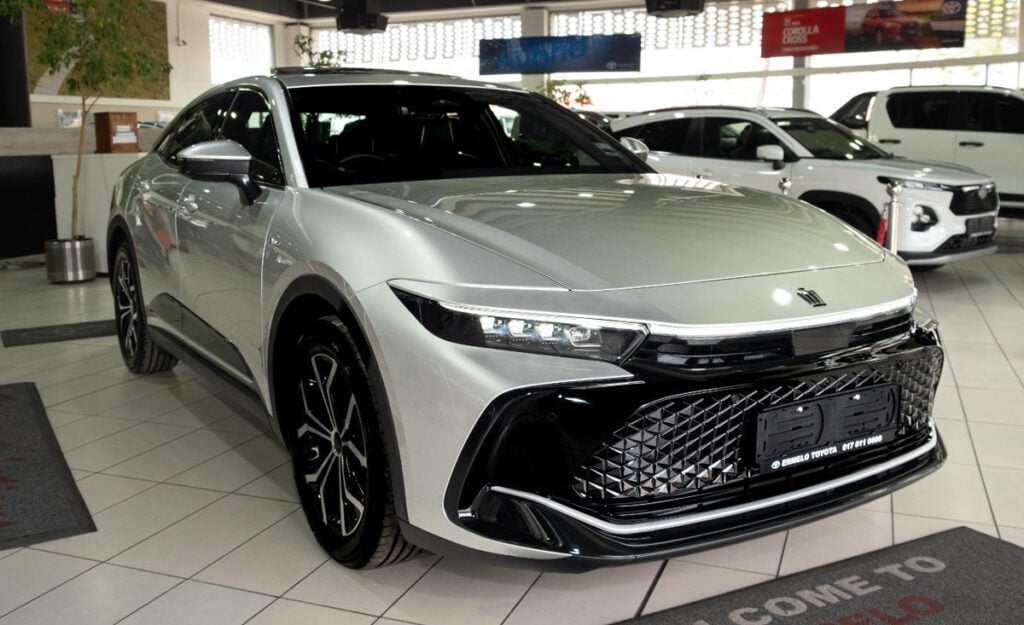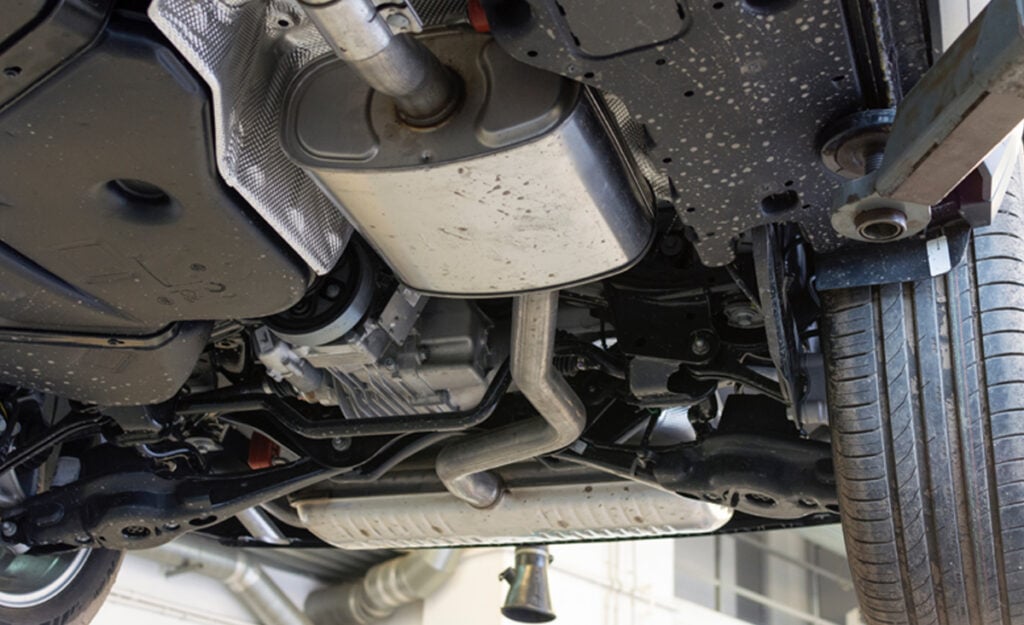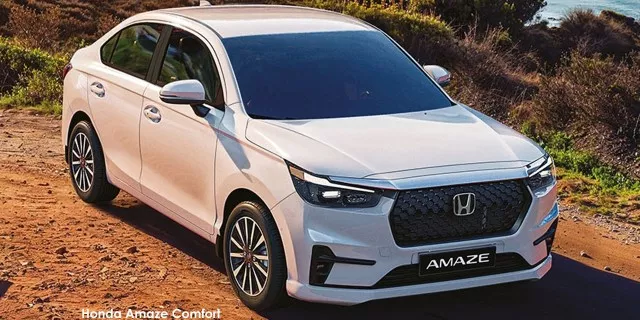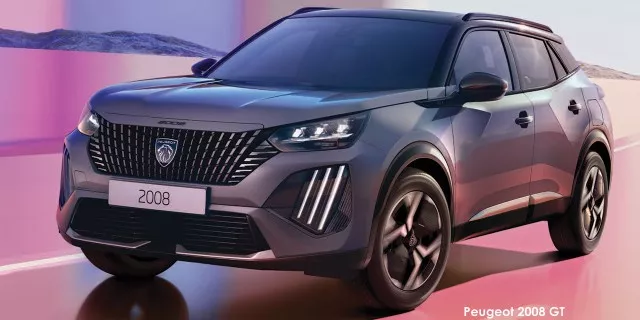Sneaky insurer tactic for banking on crashed cars in South Africa
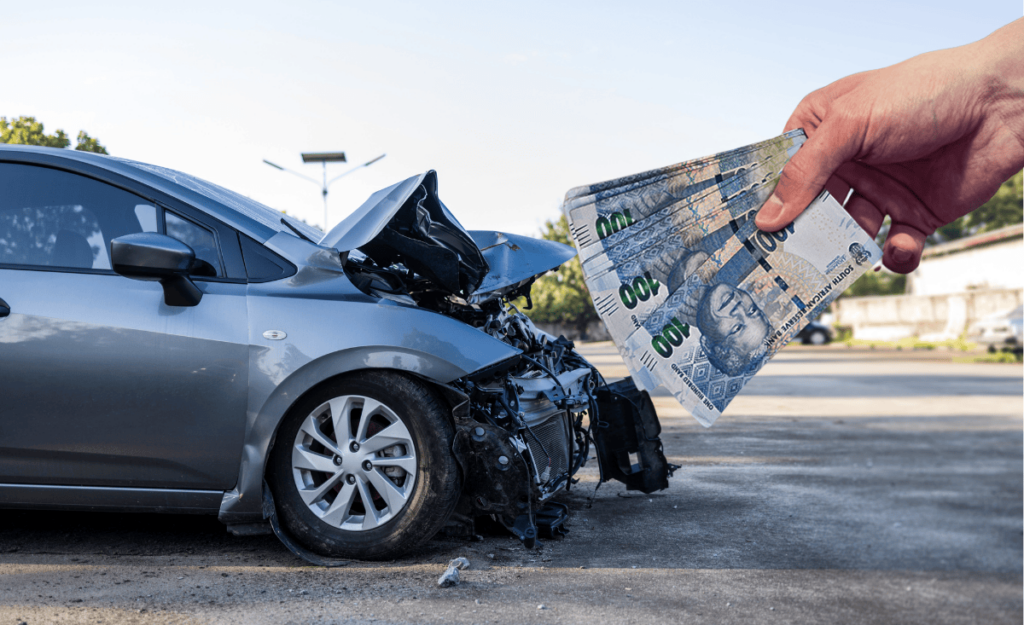
Insurers in South Africa are reluctant to classify accident-damaged cars as a Code 3 even if they sometimes meet the requirements to be designated as such.
They prefer keeping these vehicles as a Code 2 as they are worth more than a Code 3 when the insurers resell them.
This was recently brought to light by WeBuyCars sales director Janson Ponting in comments delivered to MoneyWeb.
Ponting said there’s no available database in South Africa where retailers can see the history of a used vehicle, including its insurance claims, repairs, and previous write-offs.
Despite such data being available, insurers are hesitant to provide it to industry stakeholders.
“Insurers don’t want to write off a vehicle as a Code 3. They keep it as a Code 2 because then they get a higher price,” said WeBuyCars’ Ponting.
“They pay out the consumer, but then they sell that vehicle through a channel and then someone fixes that vehicle and then we buy that vehicle. It’s not a Code 3, it’s Code 2. But we don’t have a database to know all the [written-off] vehicles and all the repairs insurers have done.”
A Code 2 is classified as a second-hand used motor vehicle with one or more previous owners.
Meanwhile, a Code 3 is motor vehicle that was involved in an incident and subsequently declared unfit for use.
A motor vehicle is “built up or permanently unfit for use” when the extent of the damage includes structural defects that require substantial rebuilding.
Vehicles registered as Code 3 may not be re-registered as Code 2 but are repairable in accordance with regulation 13(4) of the Second Hand Goods Act and will have the status of “built-up.”
Vehicles designated as Code 3A are suitable for spare parts only and cannot be rebuilt.
Shifting the burden to consumers
To get a better understanding of this practice and its potential repercussions, TopAuto spoke to the South African Motor Body Repairers’ Association (Sambra).
Sambra has been one of the most vocal voices lobbying for more transparency in the vehicle repair and retail industries, specifically surrounding the topic of insurer write-offs.

Juan Hanekom, National Director of Sambra, explained that while insurers do keep certain vehicles classified as Code 2 to achieve a higher resale value, the situation is more complex than it might seem.
“Based on the latest information, it is clear that some vehicles deemed uneconomical to repair by insurers are still retained as Code 2 rather than being reclassified as Code 3 (rebuilt) or Code 3A (non-repairable),” said Hanekom.
“This classification allows the vehicle to retain a higher market value, as Code 2 vehicles are not subject to the same resale limitations or stigma as Code 3 or 3A vehicles.”
The South African Insurance Association (SAIA) has confirmed that Code 2 vehicles will not be listed on its VIN-Lookup database, which currently allows consumers to search the VIN of a vehicle they are interested in buying to check whether it was previously designated a Code 3 or above.
SAIA cited concerns over public misunderstanding, legal limitations around competition law, and the potential impact on buyers and sellers who have legitimately repaired these vehicles as the motivations for not making the information available.
“However, this decision effectively removes a key transparency mechanism, leaving buyers with no way to verify whether a Code 2 vehicle was previously involved in a severe accident or declared uneconomical to repair,” said Hanekom.
“While insurers may not explicitly state that they classify vehicles as Code 2 to achieve higher resale values, the result is the same: these vehicles are more marketable and easier to dispose of when sold through salvage channels.”
The custom effectively shifts the burden of due diligence onto the consumer and creates significant risk, as these vehicles may be structurally compromised despite appearing roadworthy.
“In short, the classification of severely damaged vehicles as Code 2 — coupled with their exclusion from transparency tools like the VIN-Lookup system — does serve to preserve their resale value, and Sambra believes this practice raises legitimate concerns around consumer safety and market fairness.”
Regrettably, under current South African legislation, there is no specific legal requirement that forces an insurer to reclassify a Code 2 vehicle as Code 3 purely because it was declared uneconomical to repair.
The National Road Traffic Act (NRTA) stipulates that a vehicle must be deregistered and classified as “permanently unfit for use” or “rebuilt” if it has undergone structural damage that impacts safety or integrity.
However, if a vehicle is written off only for economic reasons (i.e., repair costs exceed insured value), but has no structural damage, it can technically retain its Code 2 classification — even after an insurance payout.
“This creates a loophole in which vehicles that have been declared total losses — and paid out as such — are not reclassified, allowing them to be repaired, resold, and circulated in the market while still appearing as standard used vehicles,” said Hanekom.
There have, however, been cases where the National Consumer Commission (NCC) has become far more proactive.
Hanekom pointed out that, in 2021, the National Consumer Tribunal ruled against a car dealer in Caledon , Western Cape, who sold a poorly repaired, probably dangerous to drive, second-hand car to an unsuspecting buyer.
Then, in July 2024, the NCC commented on another tribunal ruling where two used-car dealers were fined and forced to refund their customers for inaccurately representing the status of the vehicle sold.
Following these cases, the NCC said it would be stepping up its efforts to root out the sale of defective second-hand vehicles.
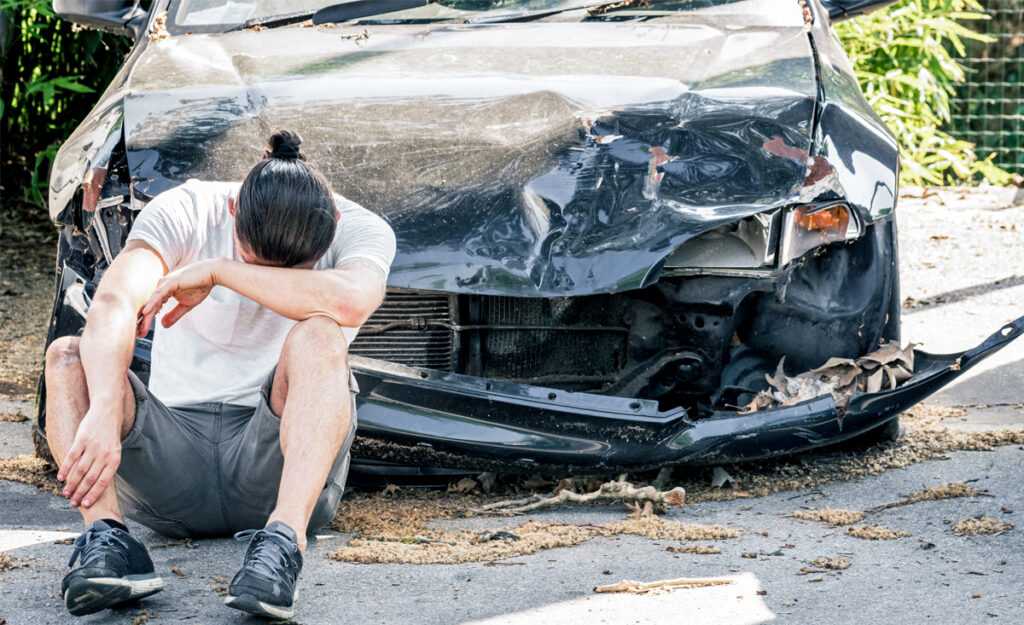
The risks with these uneconomical to repair Code 2 vehicles are numerous.
Cars that have been severely damaged and which should have been written off as scrap as they are beyond fixing often end up being shoddily repaired and placed back on the road.
“To the untrained eye, these cars may look acceptable, but hoist them up and take a closer look and you would be shocked at the quality of the repair job and the severity of the previous damage incurred,” said Hanekom.
Case in point, Sambra assisted an elderly motorist in 2024 after he purchased a used crossover from a dealer in Johannesburg which seemed to be in great condition, until an independent forensic inspection discovered 49 concerns including a deformed front chassis, torn front lower A-post panels, a bent radiator, missing airbags, and subpar spray work.
The inspector consequently described the vehicle as a “rolling deathtrap on wheels.”
“The problem in South Africa is that there is no way of checking if that car has been written off previously in an accident and this makes it difficult for consumers to assess if the apparently showroom-condition car they bought is exactly what it claims to be,” said Hanekom.
Until such time that a proper vehicle code database is provided to dealers and the public, Hanekom advises that consumers who are looking to purchase a pre-owned car first get an accredited repairer or dealer to provide them with an independent assessment.
A full list of accredited Sambra and National Automobile Dealers’ Association (Nada) members can be found on the Retail Motor Industry Organisation website.
“Sambra and Nada-accredited members comply with strict standards and criteria to protect consumers,” said Hanekom.
If you are buying a car privately, ensure you also get an independent assessor to check out the car.
“If possible, never buy a used car without seeing it and physically inspecting it,” concluded Hanekom.
“Another useful tip is to review comments on the company’s website and see how people rate their service and quality of product.”


